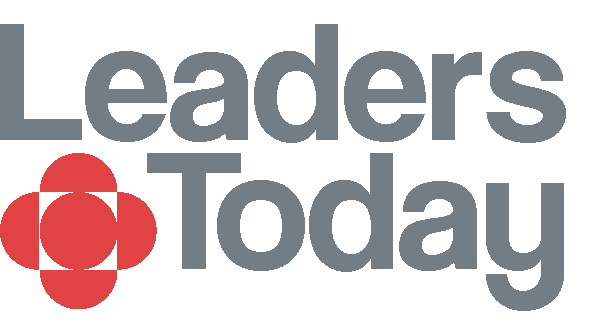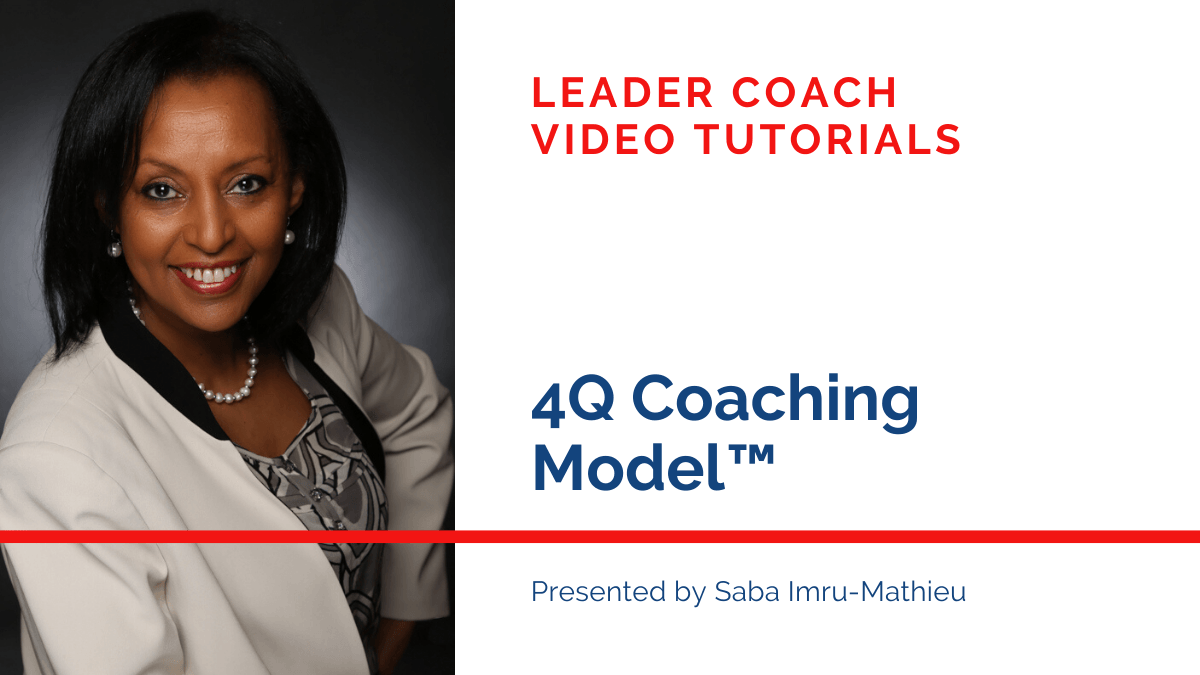How Coaching Brings Out the Best in People
Understanding the human science behind potential, change, and growth
The Promise of Coaching
Why is it that some conversations leave us lighter, clearer, and more confident — while others drain our energy?
Coaching is built around the quality of conversation. It’s about creating a particular kind of conversation — one that awakens clarity, courage, and commitment. When done well, it changes how people think, feel, and act, not because they’ve been told what to do, but because they’ve reconnected with what matters most to them.
This opens our new Coaching Unpacked series — an overview of the foundations of coaching: what happens inside these conversations and why they work.
Unlocking What’s Already There
At its core, coaching isn’t about teaching, advising, or fixing. It’s about unlocking what’s already present in a person — their experience, intuition, and capacity to learn.
A good coach doesn’t hand over answers. They hold up a mirror so clients can see themselves and their situations more clearly. With that clarity comes self-trust and a renewed sense of agency.
Coaching is less like giving directions and more like revealing the path you already sense beneath your feet. When people feel seen, listened to, and believed in, something remarkable happens: their mind opens up to new thoughts.
How Coaching Works
There are many studies on how or why coaching works in such a surprisingly effective and fast way to help clients gain new perspectives on their situation and feel empowered to take action towards their desired goals. I’ll just mention a few.
Psychologists have given great thought to the developmental aspects of coaching and how individuals grow in a coaching process. In particular positive psychology concepts such as self-awareness, agency, motivation and positive emotions all contribute to building a robust development pathway through the coaching process.
Developmental psychology informs coaching with methods to build holistic growth in an individual, and supporting their long-term evolution rather than just building skills. Cognitive Behavioural Therapy gives coaching its powerful tools to help clients release limiting mindsets and adopt ways of thinking that will enable them to mobilize energy to achieve the changes they desire.
Neuroscientists have studied the famous “Aha” moment that often occurs in coaching (and not only in coaching) when a client has a sudden flash of insight, a Eureka moment. On a physical level this corresponds to a burst of high-frequency brainwaves in parts of the brain that make connections between initially unrelated ideas resulting in a sort of revelation, not unlike when you understand a metaphor or a joke. In coaching, the aha moment comes also with an emotional impact due to having discovered something important or meaningful about one’s life.
And of course there are now thousands of research papers about Coaching as a discipline of its own, by coaching scholars. If you’re interested in academic papers about coaching, check out The International Journal of Evidence Based Coaching and Mentoring an open access, international peer reviewed journal managed by Oxford Brookes University: https://radar.brookes.ac.uk/radar/items/b6bb9783-f20a-44f6-9e07-f9bdf4437eb1/1/
From a practitioner perspective, I would say that there are three forces make coaching so effective.
1. Attention and Presence
Being deeply listened to is rare. In coaching, the coach’s full presence creates a safe space where the client’s nervous system calms, and the mind starts to organize itself to explore, to suspend judgment and be curious about what can be revealed. In that calm coaching conversation, new insights emerge.
2. Powerful Questions
Thought-provoking questions interrupt automatic thinking. It’s important to know that coaches do not ask questions to get information from the client. Our questions are designed to help improve our client’s thinking process. They shift focus from “What’s wrong?” to “What’s possible?” and ignite curiosity — the starting point of all learning. My client’s often say – I never thought of this before!
3. Accountability and Action
Insight alone doesn’t create change. As a coach, I help translate awareness into tangible action, inviting small, realistic steps that build confidence and momentum. The coaching process starts with something that the client wants to change, to a clear formulation of their desired goal, followed by in-depth exploration, and then the elaboration of an action plan.
The coach doesn’t give advice, it’s the client who articulates the content throughout the process and will there easily take ownership of the actions required to reach their goal. Self-generated change is much more likely to succeed.
“People don’t resist change. They resist being changed.” — Peter Senge
A cycle of growth
Together, these elements form a cycle that make coaching such a potent method for development
Presence → Insight → Action → Confidence → More Presence.
Each step reinforces the next, gradually expanding the client’s self-awareness and their capability.
A Real-Life Glimpse
One client, a senior leader, came to coaching feeling overwhelmed by constant decision-making. Her instinct was to move faster, to push through.
In our sessions, she slowed down for perhaps the first time in years. As she described her challenges aloud, patterns became visible — assumptions she’d never questioned, priorities she’d lost sight of. Within weeks, she began delegating differently, creating more space for reflection and strategy.
Nothing “new” was added; what changed was her relationship with her own thinking. She rediscovered her capacity for clarity.
The Bigger Picture
Coaching works because it honours people’s natural drive to grow, like all living beings. This is not always recognized in the workplace where the focus is more on weakness and errors, where accountability is often equal to blame, thus stifling the courage to learn. Instead, in coaching we view accountability as the result of empowerment, agency and responsibility. A much more attractive perspective, wouldn’t you say?
Coaches trust that, when supported with presence and inquiry, individuals will find their own way forward — and that this self-generated learning is more durable than any advice.
In essence, coaching reminds us that potential is not something to be installed from the outside. It’s something to be invited from within.
Perhaps the best in us is not something we need to find — it’s something we need to remember.








